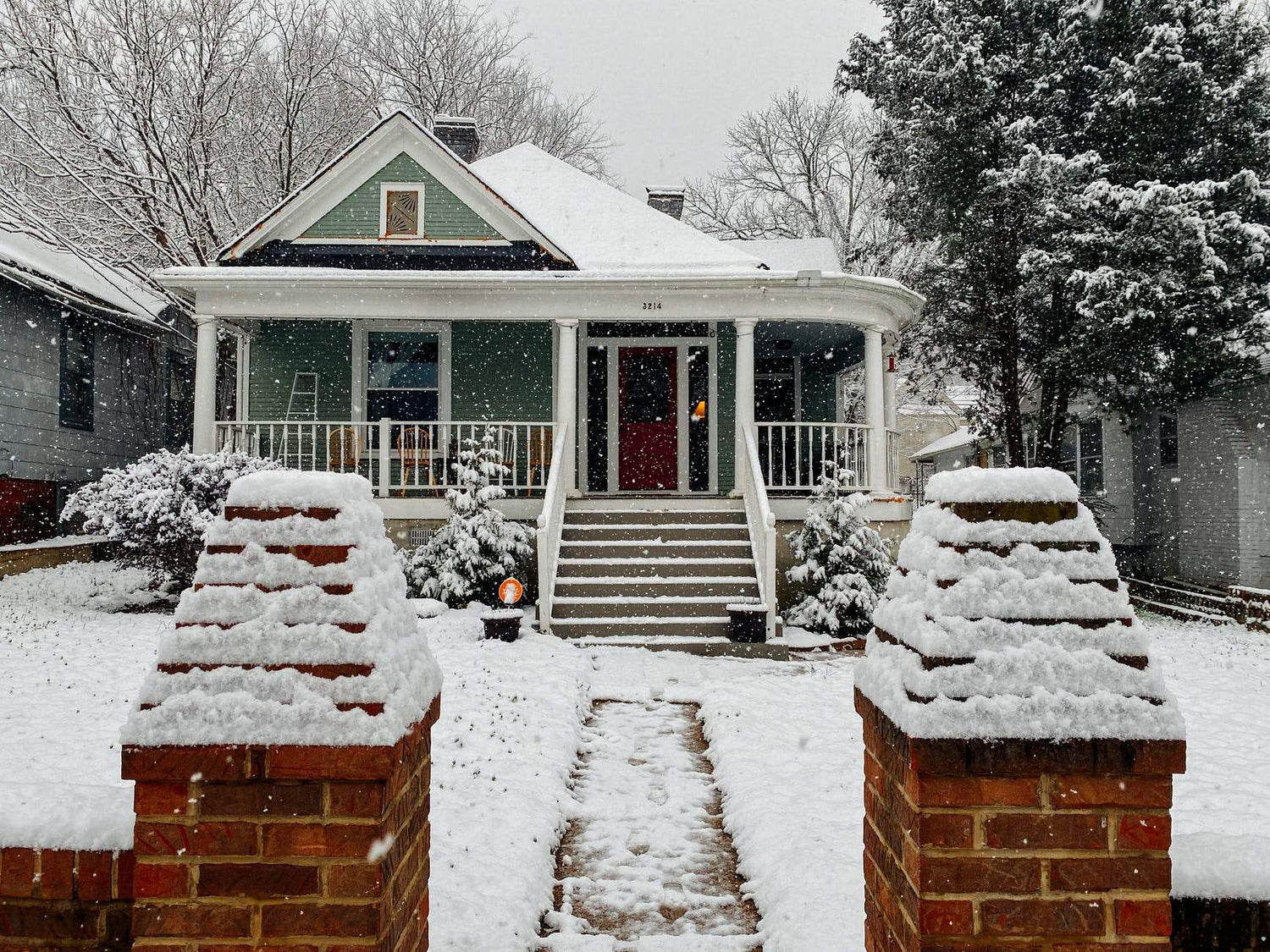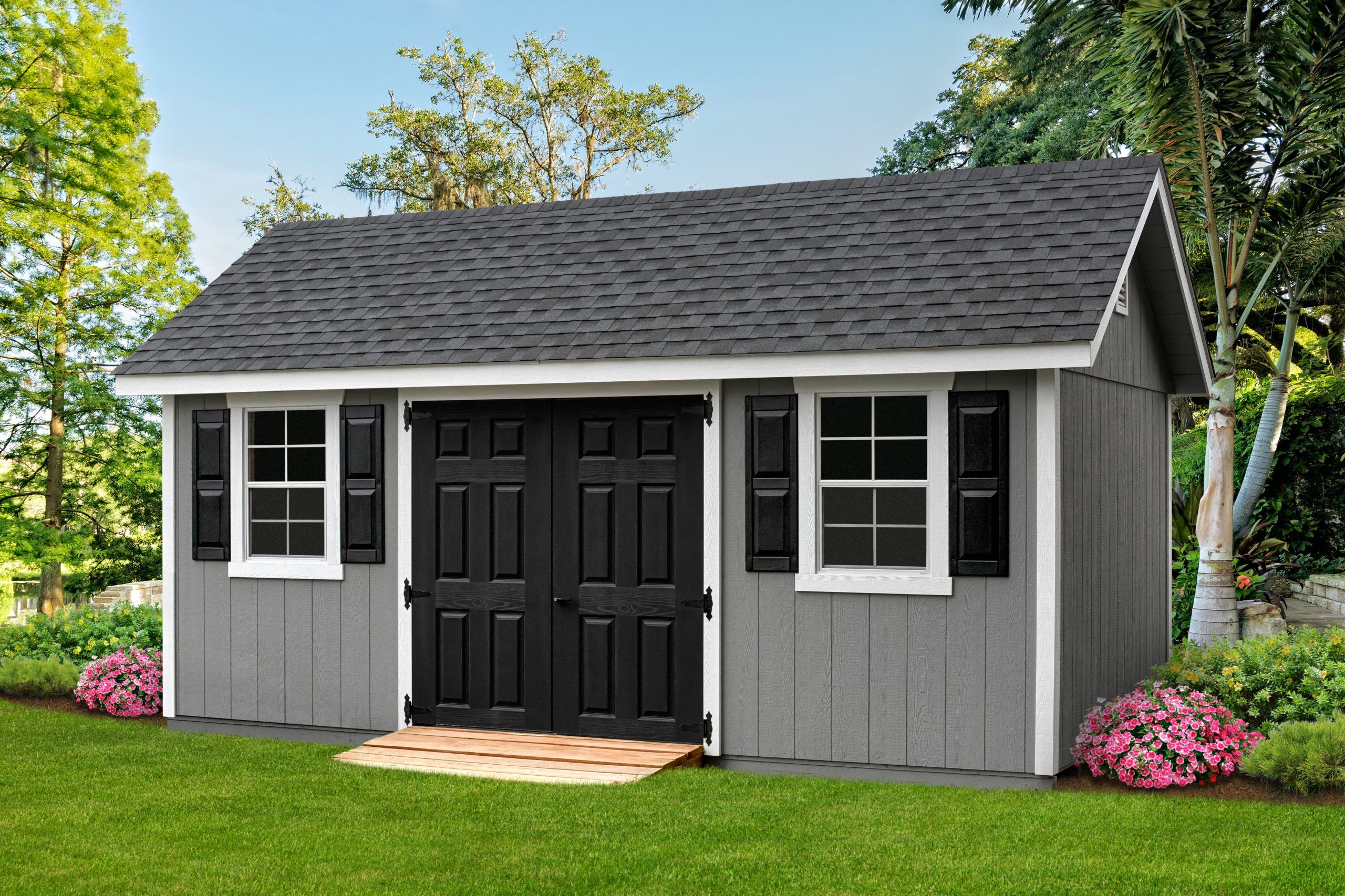
Winters in Toledo, Ohio are freezing. The temperature is usually around 13 to 16 degrees but can go as low as 3 degrees in extreme weather conditions.
When you check the weather radar in Toledo, you’ll get to see how extreme the conditions are getting.
The data suggests that the average temperature in winter has increased by 2 degrees in Toledo in the last decade. Despite much warmer conditions, the city still experiences extreme winter conditions like blizzards and heavy snowfall. And residents scamper about right before winter to get their houses ready for the cold season.
Winter proofing your house is never easy, but it is also not as hard as some people make it seem. To give you a good idea regarding this matter, here is a quick guide on how you can winter-proof your Toledo house and get it ready for the cold.
How to Weatherize Your Toledo Home
Start by Inspecting Your Fireplace

Inspect your fireplace and check for faults from different angles – an outdoor inspection followed by an indoor one.
During the outdoor inspection, you first have to check for any sort of debris or bird’s nesting on the cap. Next, see if there are any large tree branches near the chimney. Afterward, inspect the bricks and mortar on it to see if they are all in place and are free from damage.
For the interior inspection, see whether or not you can properly close and open the flue damper. Check how well it seals when you close the damper. Again, check for animal nests inside the fireplace from the inside this time.
Anything dry or combustible should be dealt with. Finally, look for cracks or missing bricks and repair them before you begin to use the fireplace for winter.
Clear Out Drains and Gutters
The rain and wind may carry a lot of leaves and twigs to your roof during the rainy season. And at some point, they will end up in the drains and gutters on the roof thanks to the rain.
You have to clean them and ensure a smooth flow of water before winter arrives. You can even install wire nets at the entry points so that waste materials cannot enter again.
The twigs and leaves will clog your drains and gutters if left unattended. That, in turn, will lead to the formation of ice dams in winter, which can cause a lot of damage to the pipes.
Drain and Seal Off Outdoor Faucets
The water inside outdoor pipes or faucets will freeze and turn to ice in the cold conditions of Toledo. The ice will expand under such circumstances and take up 10% more space than water.
When the ice can no longer expand inside that tightly closed space, the faucet or pipe will give in to the pressure building inside it and burst.
This is why you must close off any outdoor faucet as soon as winter arrives. Drain the faucets before then, so that there is little to no water inside them. Otherwise, the remaining water inside the faucets will end up expanding even without a constant supply of water.
Use insulation to cover the faucets after draining. For that, you can use outdoor faucet covers. These are square or dome-shaped shells that can comfortably fit on the mouth of your faucets.
You can also install frost-free spigots for this purpose but will have to cover them as well since they cannot tolerate the frost when the temperature is too low.
Get Rid of Branches that are Right over Your House

Any tree branch that is at least within three feet from your house should be pruned. These branches can cause heavy damage to your roof during winter storms.
Leaves and twigs from these branches can also clog up your roof gutters. Excess water or snow dripping from these branches might seep through cracks or openings on the roof.
Besides causing damage to the roof, the twigs and leaves from these trees can also block the ducts on the outdoor unit of your heat pump. They can clog up the vents and cause hindrance to the airflow to and from those vents.
As a result, the heating system will lose efficiency. The best way to deal with this situation is by making sure that leaves, branches, or twigs do not accumulate near the outdoor units. Ideally, it is best to not have trees within two to three feet of the exterior units.
Make Sure You Have a Shovel

Toledo sees a decent amount of snowfall every year. However, residents have to occasionally deal with blizzards and snowstorms that can lead to a few inches of snow on their front yards.
Just recently, they had to deal with a record-breaking 19 inches of snow, which is quite unusual. You must prepare yourself for such scenarios given how extreme the weather conditions can get.
Hence, it is always a wise decision to keep a couple of shovels with you inside the house just in case you have to dig your way through the snow. It is not necessarily a house winter-proofing tip but will make sure that you don’t have to stay trapped in your house and wait for someone else to come rescue you after some heavy snowfall.
You should also sprinkle rock salt around the house to melt the ice. But know that this could damage your lawn and plants.
Urea fertilizer is a good alternative that will not only melt the ice but will also keep your plants and lawn safe. Be sure to scrape the surface clean once the ice starts to melt. Otherwise, the deicer will damage the concrete driveway or walkway.
You're All Set
Once you have done all this, you will have made your house winter-proof. Even the toughest Toledo winter storms cannot do much damage to it.






1 comment
Nonigoogieldict
скачать игру мафия 2 на андроид бесплатно на русском [url=https://apk-smart.com/igry/strelyalki/605-mafija-2.html]https://apk-smart.com/igry/strelyalki/605-mafija-2.html[/url] скачать игру мафия 2 на андроид бесплатно на русском
P.S Live ID: K89Io9blWX1UfZWv3ajv
P.S.S [url=https://bci.gilhospital.com/BlueAD/board.php?bbs_id=gc_gallery&mode=view&bbs_no=115&page=7&key=&keyword=]Программы и игры для Андроид телефона[/url] [url=https://www.mundo-minecraft.com/foro/topic-t15791.html]Программы и игры для Андроид телефона[/url] [url=https://btd-clan.maweb.eu/forum/viewthread.php?thread_id=25304&pid=751923#post_751923]Программы и игры для Андроид телефона[/url] f389641
Leave a comment
This site is protected by hCaptcha and the hCaptcha Privacy Policy and Terms of Service apply.